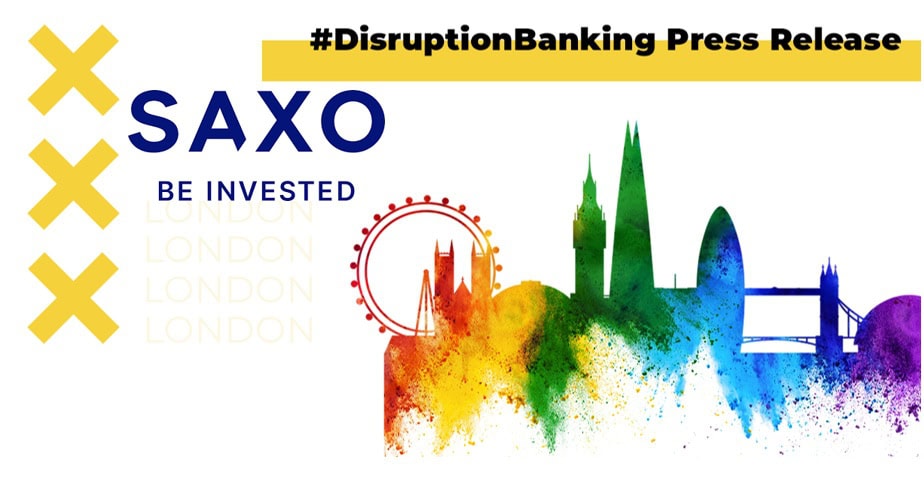Whenever it finally arrives, the UK’s pensions dashboards could collate state, private, and company pensions data in one space. In so doing, it could fundamentally change people’s retirement planning.
According to the UK’s Department for Work and Pensions (DWP), the dashboard will provide “a convenient place for savers to access their pension information – at the touch of a button – [and] help people become better informed and more engaged savers, and support them to plan more effectively for retirement.”
#Pensions as part of retirement planning are crucial for many of us. But not all pensions are created equal, and not all of us have a realistic picture of our financial futures.https://t.co/SjFu0aYjfe
— #DisruptionBanking (@DisruptionBank) May 16, 2023
We have written about the difficulty individuals and employers face in planning for pensions. Yet this grand advance for the population’s pension and retirement planning seems to face constant delays. Dashboards could prove a real step forward but unlike the advances seen in open banking, planning for tomorrow seems to always be an announcement for, well, tomorrow.
Why are pensions dashboards important?
According to the Pensions Policy Institute, there is an estimated £26 billion in nearly 3 million lost, dormant, or unclaimed pension pots in the UK. With an average value of £9,500, those pots represent a potential £446 a year to the average retired UK household.
Published today: Briefing Note 134: Lost Pensions 2022: What’s the scale and impact? explores the definition of lost pensions, estimated value & potential impact on retirement outcomes. @BritishInsurers @PS_Aspire #PPILaunch https://t.co/ZsdLGt8E3X pic.twitter.com/O6mXGluu9j
— Pensions Policy Institute (PPI) (@PPI_Research) October 27, 2022
There exists a way for people to locate these pots now. Anyone can access the government’s online Pension Tracing Service.
With your national insurance number (which is a social security number for those not familiar with the UK), and the names and addresses of previous employers, you can locate any pensions you have. But how many people are even aware of this service? And even if more were, finding a pension is only the first step to good pension management.
The UK pensions dashboard should provide people with an easier way to take greater command of their retirement finances. In theory, it should (at the least) provide the data for users to see where their pots are, how much is in each, and, vitally, have a future forecast.
This would allow people to locate all their pension contributions in one place and build up a more complete picture of their financial future. It has the potential for millions of people to plan a better retirement. But unfortunately, the dashboard programme has been beset by constant delays. Even now, nobody can say exactly when we will get it.
How long have the delays been?
The precursor to the pensions dashboards dates back to pre-2000, with the Combined Pension Forecasts piloted in 1999. Plans for its latest iteration, a secure online dashboard, first came out in 2016.
UK "pensions dashboard" platform to launch March 2017 – Treasury https://t.co/GIvUAr9w3M pic.twitter.com/dcGDLs3IGu
— Reuters UK (@ReutersUK) September 11, 2016
The original delivery date was set for 2019. Richard Smith, an independent pensions dashboards consultant, has said that a early prototype was ready in 2017. But delays have been regular.
The most recent launch plans were for pension schemes to join in three phases. The largest schemes were due to go on between August 2023 and September 2024. Medium schemes would follow from October 2024 to October 2025 and smaller schemes in 2026.
That timetable was binned in March 2023. In a written statement to the House of Commons, Laura Trott, MP “initiated a reset of the Pensions Dashboards Programme in which DWP will play a full role.” But no new timetable was forthcoming with only the promise of an update before government’s summer recess.
Who is responsible for pensions dashboards delivery?
The Money and Pensions Service (MaPS) are responsible for delivering the first pensions dashboard, the front-end users will see. It is an arm’s-length body established in early 2019 and sponsored by the DWP. According to its website, it also engages with HM Treasury on policy matters relating to financial capability and debt advice.
The Pensions Dashboards Programme (PDP), are responsible for creating the digital architecture and technical standards that will make pensions dashboards work. In late 2021, it appointed tech services giant Capgemini and Scottish fintech business Origo for delivery. The most recent statement from PDP, in October 2022, said early volunteer schemes would help test and develop the service and fully connect in early 2023.
Other than March’s announcement of an open-ended delay, neither government nor these businesses have communicated on progress.
What are the barriers to providing a pension dashboard service? https://t.co/LGm953JIkH
— Henry Tapper (@henryhtapper) December 13, 2022
There are three other companies currently testing and assisting in the dashboard development, Aviva, Bud and MoneyHub.
Aviva is probably the most widely recognised on the list. It is one of the largest insurance and pension providers in the UK. If nothing else, it is reassuring that a provider of such scale is helping develop the system. One would hope a framework created in conjunction with such a large provider would provide sufficient guidance to smaller entities.
MoneyHub has been involved in the advancement of Open Banking. Given the potential for dashboards to crack the door to “Open Pensions,” we can only hope their contributions will help to drive the new system forward.
Excuses, excuses, excuses…
Creating the dashboard is no doubt a big piece of work. There are over 40,000 private, public and state pension schemes providing 130 million plans to 52m adults in the UK.
This seems to be where the delays are taking place, with schemes saying they still need more time to ready their member’s data to send to the dashboard. And yet the regulators keep extending deadlines for providers to meet compliance requirements with the FCA saying that third party providers cannot provide the data necessary.
But plans for the dashboard were announced around the same time as plans for Open Banking. That’s going back over half a decade. Most financial online platforms provide a user dashboard today, so what about our retirement?
When will we get to make informed decisions about our own futures?
According to the PDP, nearly half of people in the UK have two or more private pensions. With an ever-increasing number of people switching jobs or engaged in the “gig economy,” the need to consolidate that information is crucial to their future financial well-being.
Consumer groups and providers have expressed disappointment at the UK government’s decision to further delay the pension dashboard, four years after the service was first set to be launched. https://t.co/CWeJW3fR87
— Personal Finance (@ftmoney) March 4, 2023
Earlier this year, Rocio Concha, director of policy and advocacy at Which? said, “the government must commit resources to getting pensions dashboards back on track and set a clear timeline for implementation.” Yet this frustration remains unanswered for now. At the same time, polls show less than a third of people engage with their pension provider. Only 25% bother to read their annual statement.
Clearly, educating people on their current need to plan for the future is good and proper. But so too are the tools necessary to do so. The pensions dashboard could be a game-changer. In this case, tomorrow needs to be today.
Author: Mike Davies















